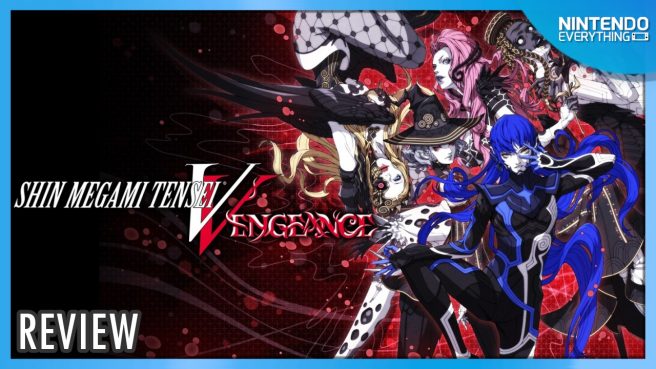System: Switch
Release date: June 14, 2024
Developer: Atlus
Publisher: SEGA
It took almost five years for Shin Megami Tensei V to release after it was first revealed and now, less than three years later, Atlus are re-releasing it as Shin Megami Tensei V: Vengeance. It’s an extremely bad habit the company has maintained over the years with both the Shin Megami Tensei and Persona series in particular, but it’s difficult to be angry when the amount of additional content added, combined with the quality-of-life changes, transform the game to feel like a completely different title. Any ill will I felt towards Atlus for doing this yet again evaporated within the first half hour, as Vengeance proved to be yet another case of fixing something I didn’t even realize was broken.
The headline of Shin Megami Tensei V: Vengeance is, of course, the new story route. The Canon of Vengeance is aptly named, and is a more emotionally raw and personal story than the one told in the original release, which has been newly christened as the Canon of Creation. It is not an entirely new story per say, as most of the locations you’ll travel to, as well as your protagonists’ objectives, remain largely the same, and there is a lot of crossover between the events that unfold. However the two Canons frequently diverge from one another at significant moments, meaning that the manner in which you’ll arrive at your ultimate destination will be dramatically different between the two. But the biggest surprise of the Canon of Vengeance was that it got me to care about the characters, as they took on new roles in the narrative and appeared with far greater frequency. Where the Canon of Creation was often laser-focused on the central conflict at the expense of character development, the Canon of Vengeance takes a more personal approach, putting the cast front and center in new roles that feel equally as impactful (if not more so at times) as your own as a Nahobino.
The new character introduced in Vengeance, Yoko Hiromine, benefits the most from this. Surprisingly, she remains in your party for a large part of the game and takes a very active role in the story, questioning your choices, commenting on events as they unfold, and constantly grappling with her own internal struggles and background, which are far more fleshed-out than any other member of the cast. She also provides an interesting counterpoint to Tao, who takes on much the same role across both storylines, and the exchanges between the two of them often form the bulk of the narrative that serve to drive the story forward. The Qadishtu, the new antagonists, also make frequent appearances throughout, giving you a more concrete adversary to pursue and making the central conflict feel far more meaningful than in the Canon of Creation, where it often feels as though you are on the sidelines rather than an active participant in events.
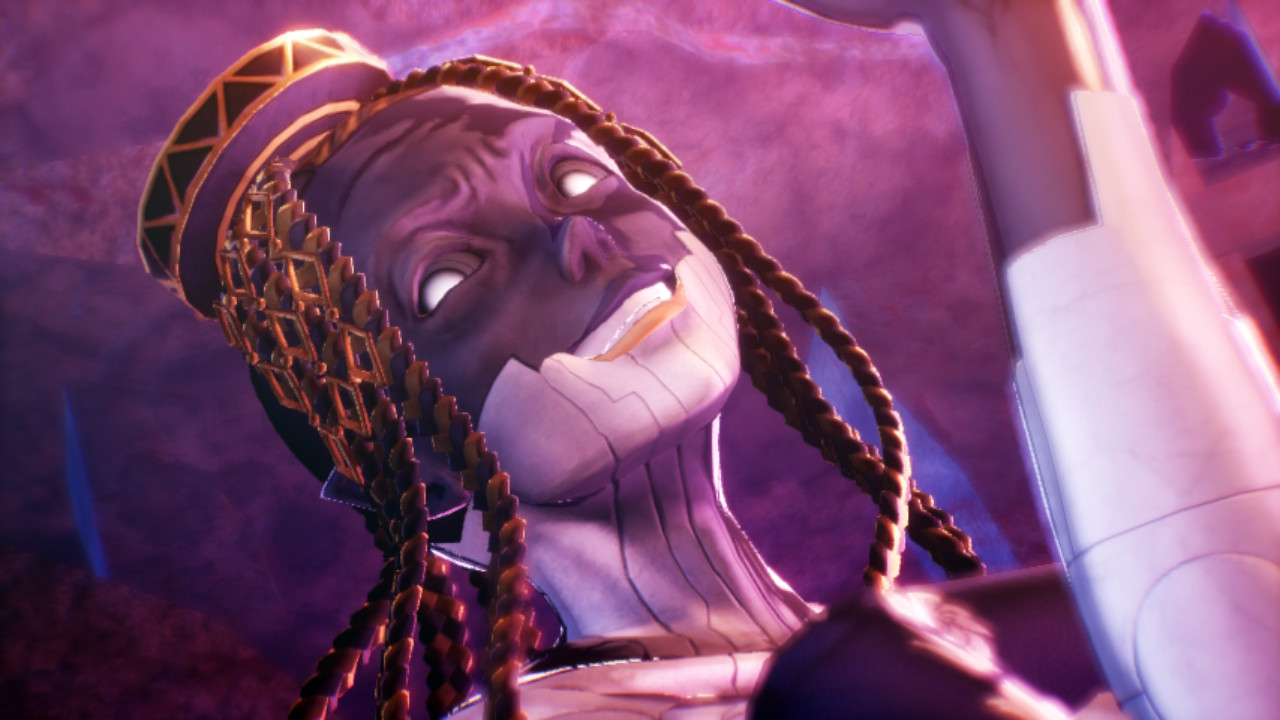
The dialogue choices you can make in the Canon of Vengeance are slightly more binary in nature due to the smaller number of possible endings in this route, although are no less impactful for that in the way that they can influence how the story concludes. They are unfortunately extremely vague, and although I was satisfied with the ending I wound up with, I would have appreciated the option to make the choice for myself at the critical moment when it was made, or be given some indicator as to which way things were going to go. As someone who was largely disengaged from the story in the original and found it to be the weakest part of the package, I found this more character driven approach much more satisfying, despite the two routes sharing a lot of the same key moments. However, the fact that the original story is preserved in Vengeance as the Canon of Creation only makes the package that much more worthwhile for those who have yet to experience it for themselves, and the choice between the two offers the best of both worlds: if you were looking for a more personal and fleshed-out story, the Canon of Vengeance more than satisfies that, and if you would prefer to focus on the gameplay and forget about the cast, the Canon of Creation will largely let you do that, and give you much more control over the fate of the world in the bargain.
Simply throwing in this new route and calling it a day would have already made this re-release worthwhile, but Atlus have gone above and beyond to make Vengeance the definitive Shin Megami Tensei V experience. As I found myself going to the same places and doing the same things that I had in the original release, I was initially quite disappointed by how little had seemingly changed, but the developers clearly anticipated this, and new features were introduced at a steady and satisfying pace over the course of the game, giving me more than sufficient incentive to continue playing despite having invested over eighty hours into the original experience.
The first gameplay addition returning players are likely to notice are the Magatsu Rails, which are strategically placed to eliminate the tedium of traversal entirely. Navigating each area of Da’at is often a time-consuming process; between the cluttered landscape and constant threat of attack, getting to that objective marker on your map was never as straightforward a process as it seemed, and the Leyline founts, which function as the game’s rest points, often felt as though they were too few and far between. Every battle promised a potential game over if the enemy happened to go first or be too great in number for my party to deal with, but with Magatsu Rails providing a shortcut back to Leyline founts and healing at regular intervals, the process of navigating each area of the world and engaging in combat felt considerably less risky and time-consuming. Magatsu Rails could also lead to entirely new areas, making uncovering them all the more enticing, and also make completing subquests a much easier task, as you no longer need to trek back and forth between specific points on the map.
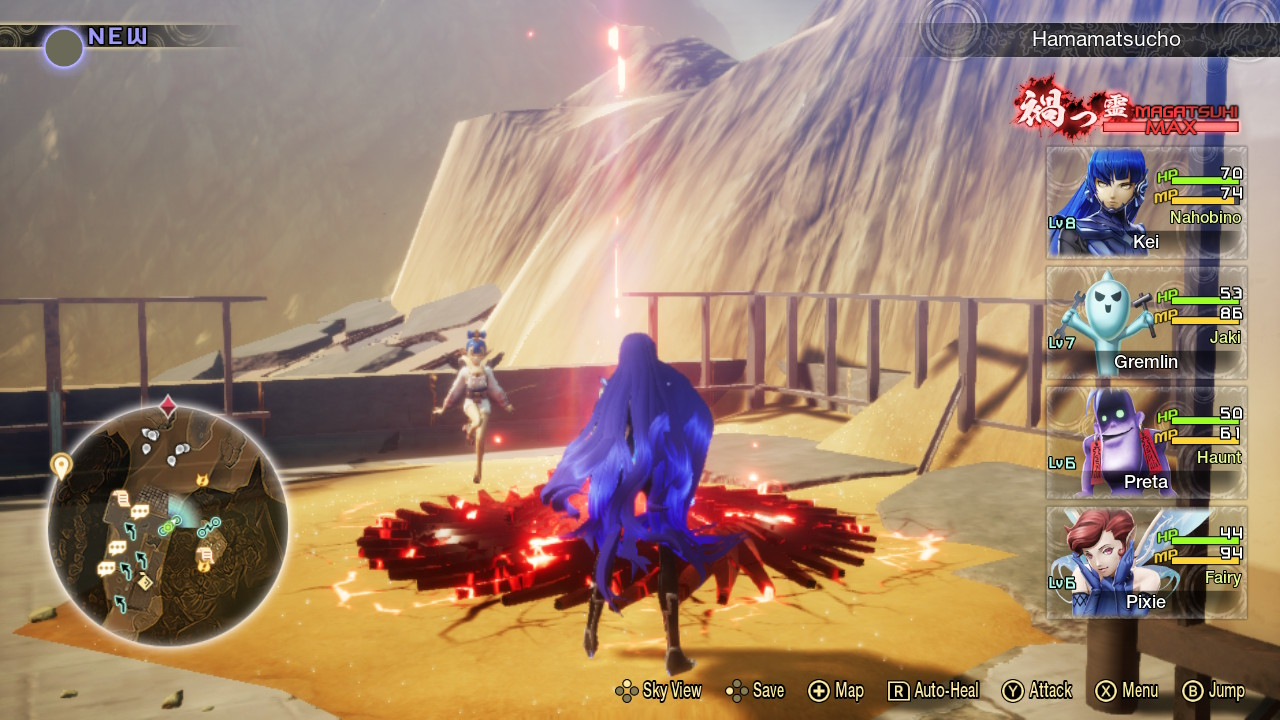
Combat remains the same turn-based affair as before and hasn’t undergone any significant changes, but is more nuanced thanks to the inclusion of unique skills for each of your demon allies, which cannot be inherited via fusion and mean that each one brings something entirely their own to the table as part of a party. Magatsuhi skills have also been added; these are shared between demons either by name or type, and can be unleashed in battle when the gauge is full for a more powerful effect. This adds an entirely new dynamic to party composition, and makes each demon feel like a more viable choice for a long-term party member, rather than a stepping stone to be thrown into fusion for something more powerful, as was often the case in the original release, which had a clear power creep as you progressed and unlocked higher level demons for fusion. This is still present to some degree, but many low-level demons have extremely useful unique skills, and simply using the highest level demons you have access to could prevent you from using some powerful Magatsuhi skills that could turn the tide of battle.
This more individualistic approach to demon selection is also supported by the Demon Haunt, accessed via Leyline Founts, which gives you the opportunity to interact with your allies in a more relaxed setting. Using a demon often enough in battle will prompt it to call you to the Demon Haunt for a conversation, which usually culminates in them either giving you an item, learning a new skill they otherwise wouldn’t via leveling up, or increasing one of their parameters. You can also give them gifts that you’ll find as you explore Da’at to facilitate this, and although it lacks the complexity or narrative appeal of other RPGs that utilise a similar mechanic, such as the Fire Emblem series, it does make your demons feel more like party members, and some will even give you more detailed subquests through this feature. When combined with the Demon Fusion mechanic, which remains as complex as it was before, you can make any demon a viable endgame party member with enough persistence.
Your pool of potential demon allies has also expanded in Vengeance with both new and returning demons from the Megami Tensei series, and these are introduced at a reasonable pace throughout the game. Recruiting them in combat feels as frustratingly arbitrary as before, however, with no real way to judge a demon’s mood or personality type when they will often ask the same questions but want to hear different answers. There is, however, a greater variety to what demons will ask, including quizzes where the demon will join you outright if you answer correctly, but it’s unfortunate that more effort wasn’t made here to make the process feel more like a negotiation and less like a randomized guessing game that usually ends in you bribing a demon to join you with money, items, or a portion of your health or MP.
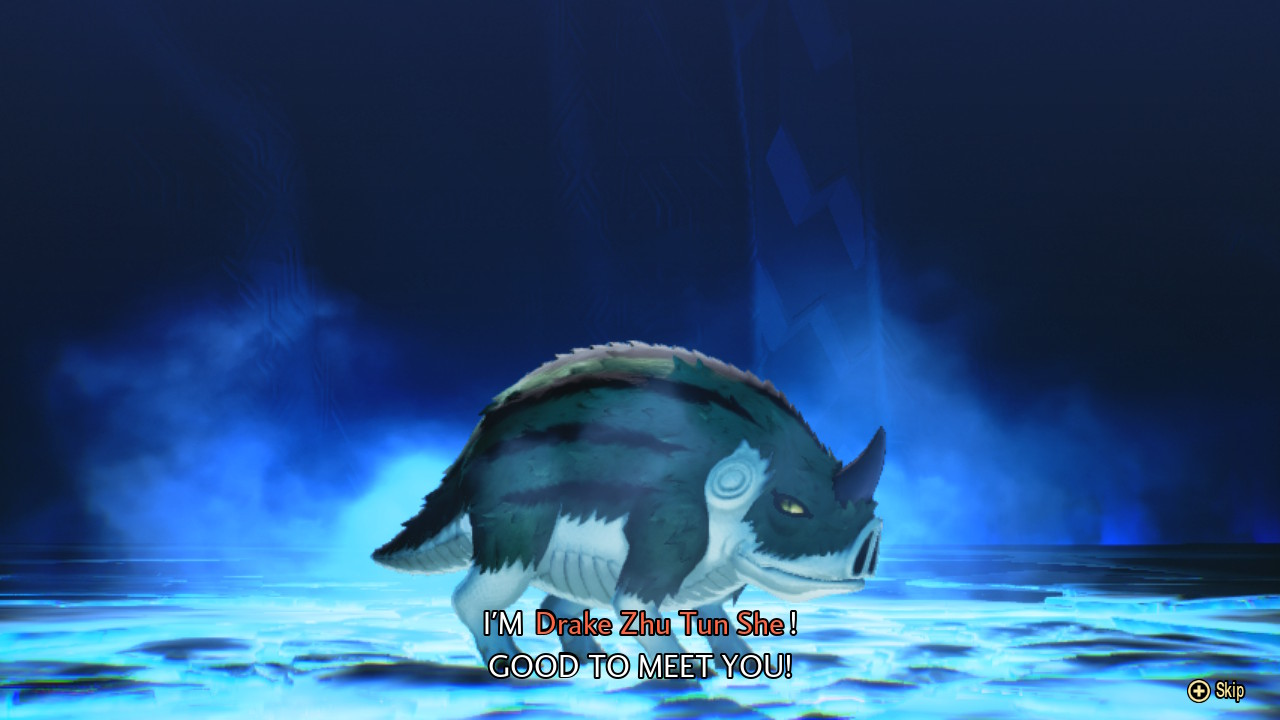
The smaller quality-of-life features added to Vengeance in response to fan feedback are less impactful than the major inclusions and changes to gameplay, but certainly no less welcome. Being able to use multiple items at once, more easily navigate the demon compendium for fusion, adjust battle speed and enable an auto-battle feature, turn off minimap rotation, and view your surroundings from a top-down perspective – to name but a few; this is by no means an exhaustive list – all contribute towards making Vengeance a much more enjoyable title to play when compared to the original release. This is not a short game, and requires a lot of engagement with its various systems in order to overcome its challenges. Every effort has been made here to make this as convenient as possible, and those who have already played the title once before will likely notice this almost immediately.
Of course, none of this has done anything to lessen the challenge offered by the game. Even with all of these changes making it a more accessible title, Shin Megami Tensei V: Vengeance remains just as difficult as it ever was. The new bosses included in the Canon of Vengeance are surprisingly tough even by the series’ already high standards, and even on Casual difficulty, the game offers a much higher level of challenge than most other RPG series; this is something Shin Megami Tensei is known for, and something newcomers should definitely keep in mind before picking it up: this is not a game that will forgive even the slightest mistake. It rewards players who take advantage of its various systems and who take the time to learn the intricacies of combat, but it offers no shortcuts to victory.
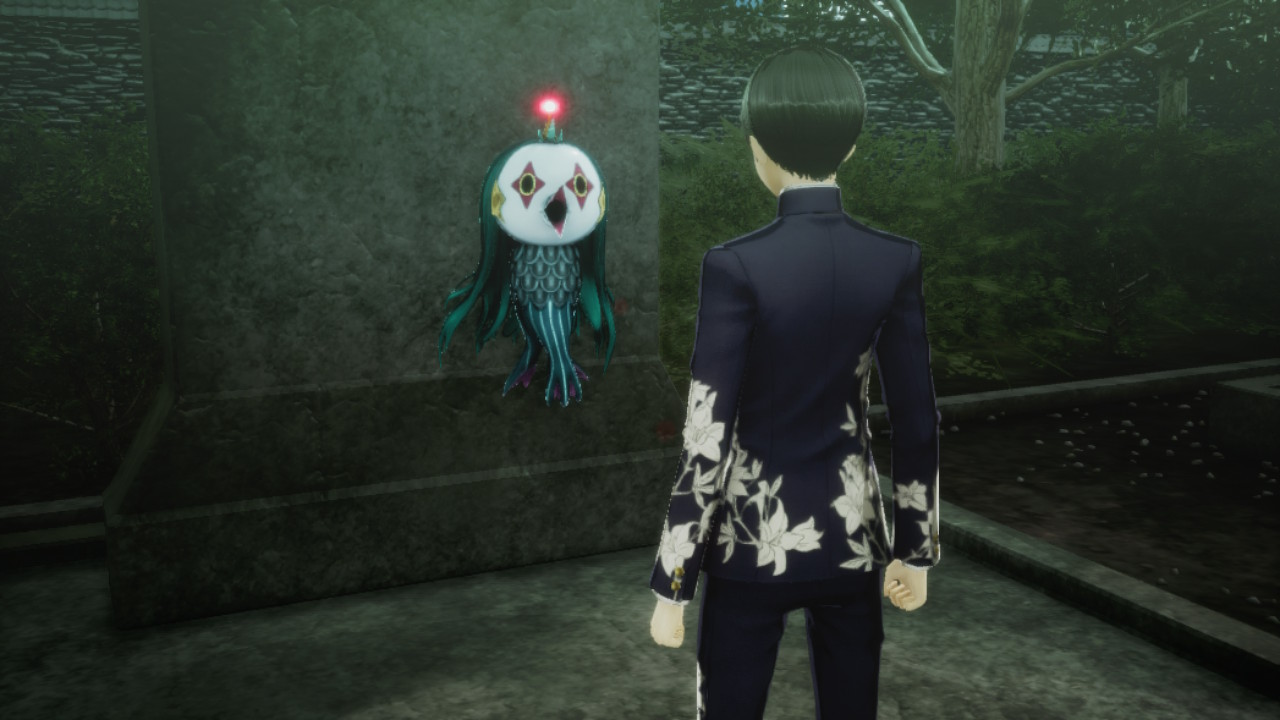
Vengeance allows for an extremely high amount of customization in your party, and so it demands that you take full advantage of that: enemies have very specific weaknesses that you need to exploit, and won’t hesitate to punish you if you turn up to battle with an unoptimized party. The ability to save anywhere is a much-needed quality of life feature, as it is not difficult to find yourself thrown into battle against multiple waves of enemies if you attempt to avoid combat and fail, and the game is noticeably anti-grind: you’ll be able to keep up with enemy levels, but power-leveling your way to victory is not a viable strategy, particularly at the end of the game. For those who seek a challenge, the game features a Challenge Arena where enemy levels go up to Level 150, and a Godborn difficulty once you’ve cleared the game. It is perhaps a little too punishing on Casual, but this is par for the course for the series.
The quality of the presentation remains on-par with the original, which is both to its credit and its detriment. Shin Megami Tensei V was already a game that pushed the Switch to its absolute limits, and sometimes pushed a little beyond what the console is capable of. Vengeance has not changed this significantly, but loading times take a small but noticeable hit at frequent intervals, and the game can struggle to run at a consistent frame rate in its last few areas especially, dropping a few frames if you try to pan the camera, or exit from a menu. These moments do not ruin the experience by any stretch of the imagination, but with the RPG now available on other platforms, they are a point of consideration if you want the best possible experience.
The Verdict

Shin Megami Tensei V was already an unforgettable and extremely high quality experience when it was first released, and Vengeance surpasses it by a wide margin. The inclusion of the Canon of Vengeance story route, as well as the huge number of quality-of-life changes added to the gameplay, all tally up to make it a more than worthwhile re-release. If you’ve played the game before there is more than enough that is new and improved here to take on the role of the Nahobino once more, and if this remains on your to-do list, now is the perfect time to pick it up.
Shin Megami Tensei V: Vengeance copy provided by the publisher for the purposes of this review.
